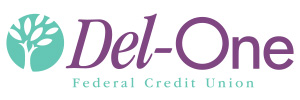When to Get Started
Three Types of Financial Aid
Free, Federal, And Private Student Loans
1. Use Free Money First
First you should take advantage of scholarships and grants, which cost you nothing and do not have to be repaid as long as you meet their conditions. In other words, these equal FREE money for college. Some may be included in your college award letters, while others can be found on your own.
- Scholarships | There are numerous local and national scholarships available to students. Do your homework and apply for as many a possible. Visit any of these sites below to get started, or talk to your guidance counselor or financial aid office for more resources.
- Grants | Grants are typically based on financial need, although families with higher incomes may also be eligible under special circumstances. Learn More
- Work Study | The Federal Work-Study Program permits eligible students to work on campus to help offset educational expenses and reduce loan obligations.
2. Next Look To Federal Student Loans
After scholarships and grants, you should explore federal student loans that come with benefits not available from other types of loans. These are typically offered within your award letter from your college. Before you take out any loan, be aware that a loan is a legal obligation that you are responsible for repaying. Learn More
3. Fill The Gap With Private Student Loans
When scholarships, grants, and federal student loans aren’t enough, you may need to consider private student loans. Private loans are made by private organizations such banks, credit unions, and state-based or state-affiliated organizations, and have terms and conditions that are set by the lender. Because offerings will vary, it’s important to review the rates, terms, and conditions before applying for a private student loan.

